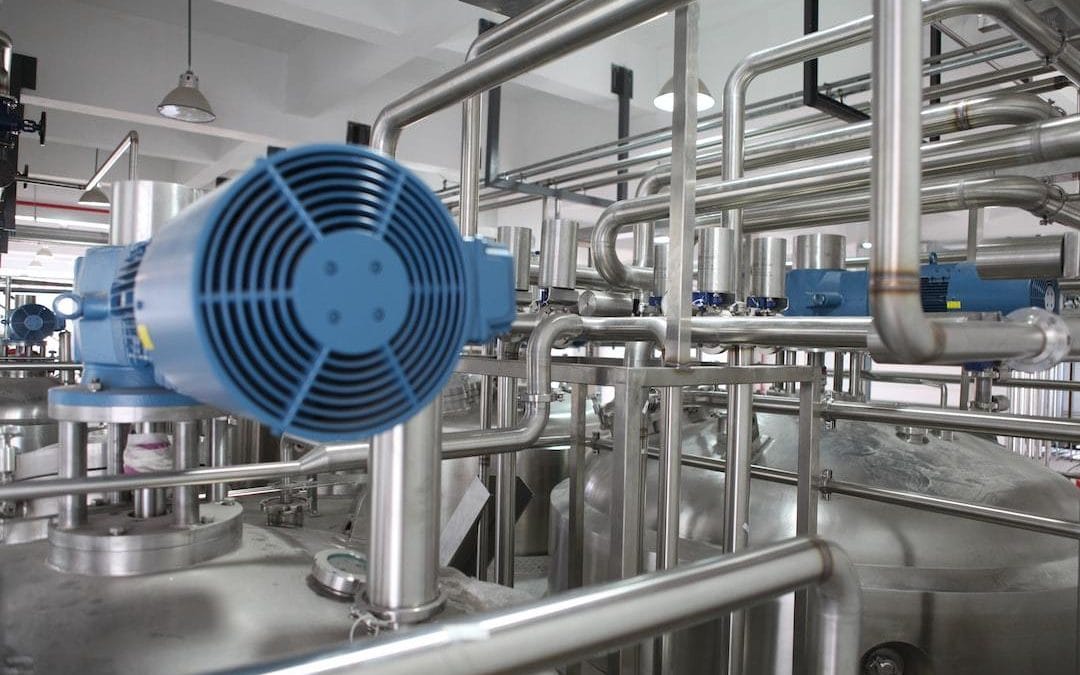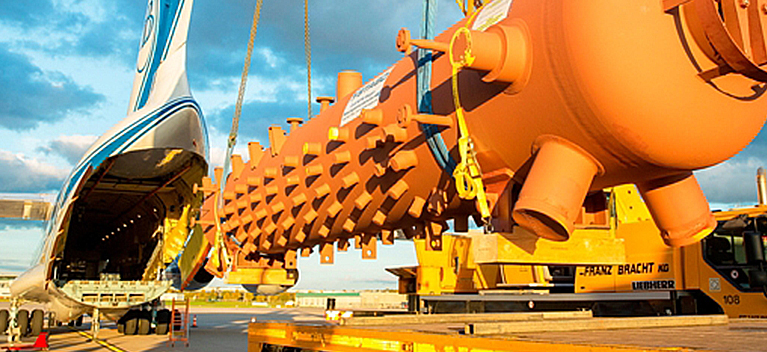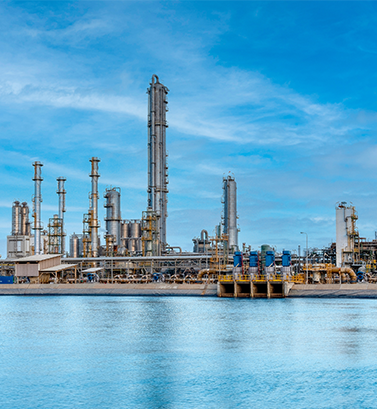In the realm of modern engineering and industrial processes, the need for effective thermal management is paramount. However, with space often at a premium, traditional solutions are not always viable. This is where the compact heat exchanger emerges as a critical component, offering powerful performance in a minimal footprint. These devices are at the forefront of providing efficient heat exchange solutions, enabling complex systems to operate optimally without the bulk of older technologies. The innovation behind these units, particularly the finned tube models, has revolutionized how various industries handle heating and cooling.
The Core Advantages of Finned Design
At the heart of many modern thermal management systems lies the lightweight finned tube heat exchanger. The primary principle behind its remarkable efficiency relates directly to its construction. The core finned tube design advantages stem from the addition of numerous fins to the exterior of the tubes. These fins dramatically increase the total surface area available for heat transfer between the fluid inside the tubes and the surrounding medium, such as air. This expanded surface area allows for a much faster and more effective exchange of thermal energy, making it an ideal space-saving heat exchanger. This design not only boosts performance but also allows the entire unit to be smaller and lighter than non-finned alternatives, a crucial factor for applications where weight and size are constraints.
Applications in Small and Mobile Spaces
The demand for a reliable heat exchanger for small spaces is growing across numerous sectors. The clever engineering behind the portable heat exchanger design makes it indispensable for applications ranging from advanced HVAC systems in compact residential buildings to mobile cooling units for electronics and machinery. Imagine the intricate systems within a power generation facility or a petrochemical plant; even in these large-scale operations, there are specific areas where a compact heat exchanger is necessary for localized, precise temperature control. Its ability to fit into tight configurations without sacrificing performance makes it a go-to solution for engineers tackling complex spatial challenges. This adaptability ensures that even the most confined environments can benefit from superior thermal regulation.
Robust Performance for Industrial Demands
While the term 'compact' might suggest a compromise in durability, the modern industrial finned tube heat exchanger proves otherwise. These units are built with robust materials capable of withstanding the harsh conditions of industrial environments, including high pressures and corrosive substances. The design offers one of the most efficient heat exchange solutions available, ensuring reliability and a long service life. The same principles that make a lightweight finned tube heat exchanger ideal for mobile applications also apply here, providing powerful heat transfer in a smaller package. This blend of durability, efficiency, and a reduced footprint makes the space-saving heat exchanger a valuable asset in optimizing plant layouts and improving overall operational efficiency.
The Future of Efficient Thermal Management
In conclusion, the evolution of the compact heat exchanger represents a significant leap forward in thermal engineering. The numerous finned tube design advantages provide a powerful yet elegant solution to the persistent challenge of balancing performance with physical constraints. Whether it's an industrial finned tube heat exchanger in a large plant or a unit designed specifically as a heat exchanger for small spaces, the underlying technology delivers exceptional results. As industries continue to innovate and equipment becomes more sophisticated and condensed, the importance of these advanced, efficient, and space-conscious thermal management tools will only continue to grow, solidifying their place as an essential component in modern technology.






